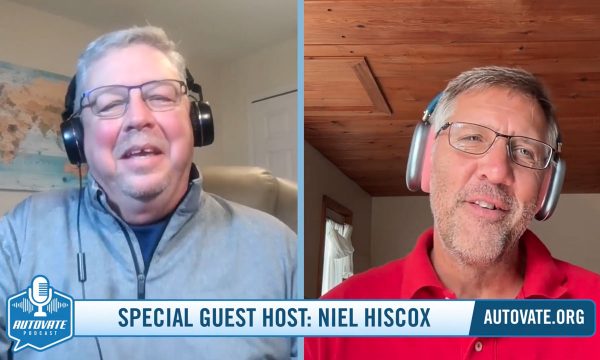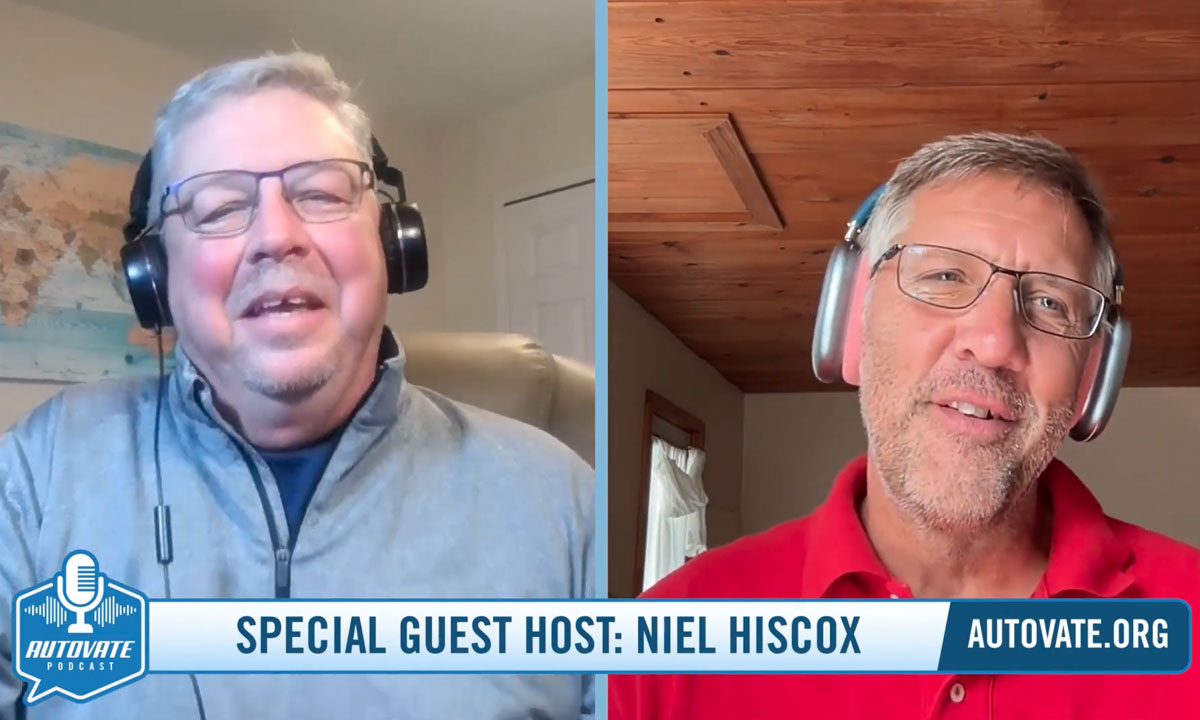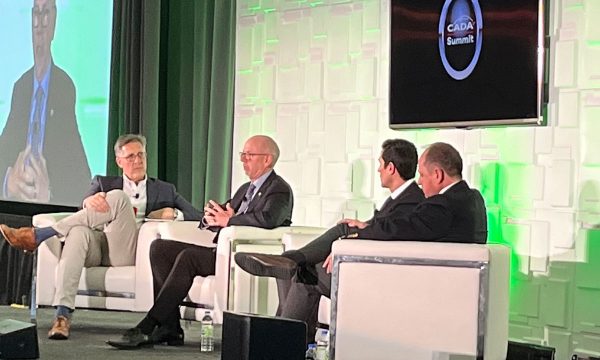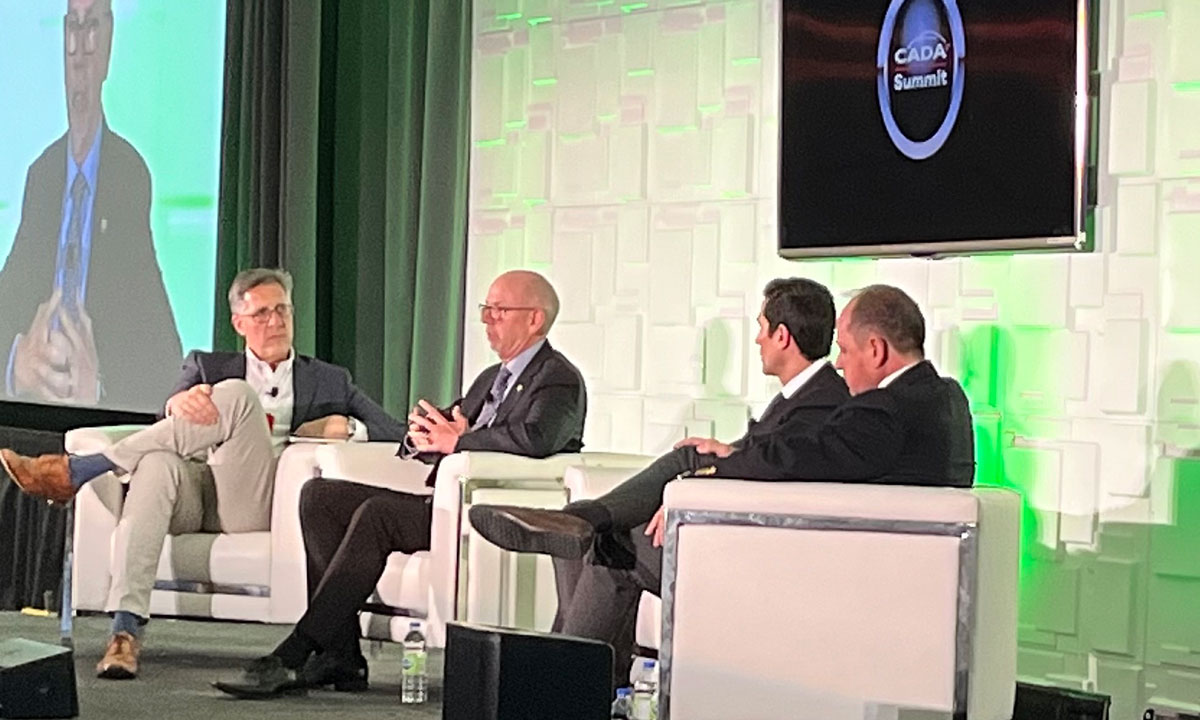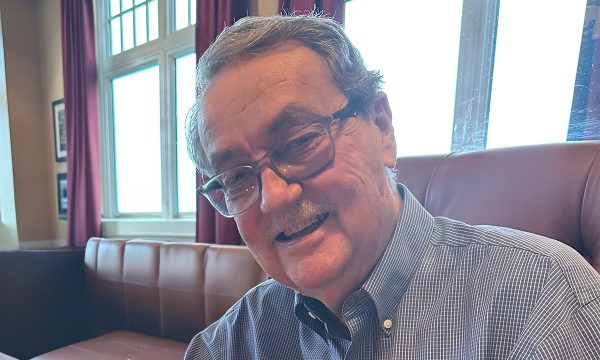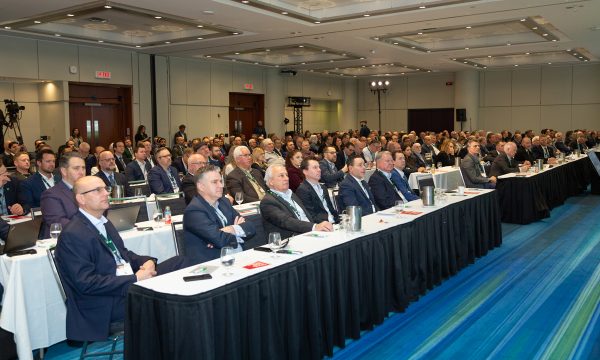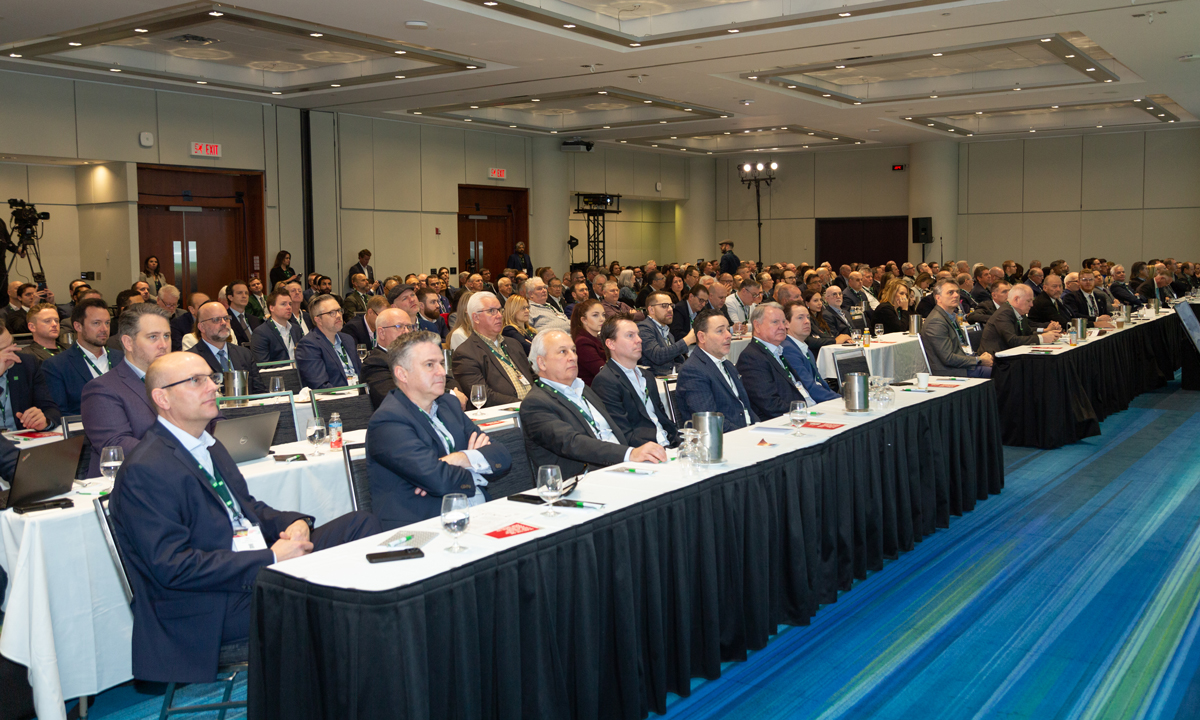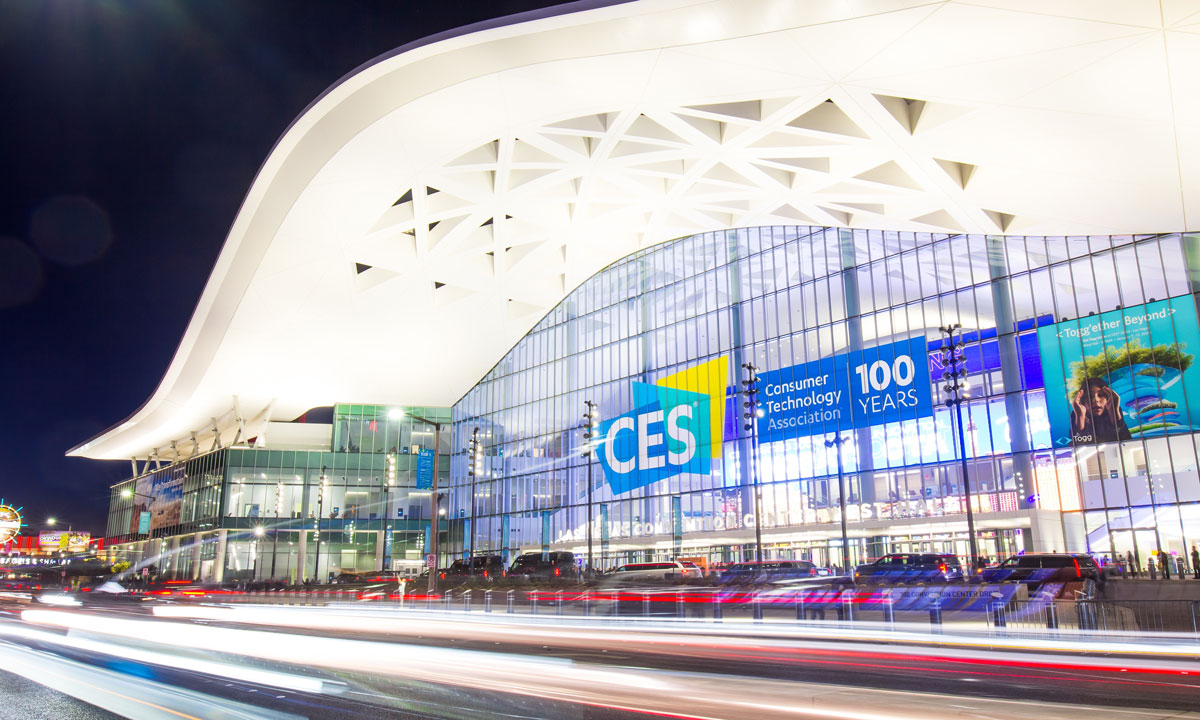
I’m finally back in the office. It feels like I’ve been travelling since the beginning of December — simply because I have been. But it’s been worth it, and I thought I’d share a few key takeaways that may have relevance for you.
Let’s start with Autovate.
Autovate is an annual event organised by Cliff Banks, one of the leading auto analysts in the U.S. Cliff has been helping the rest of us understand this industry for a long time, and his event combines a retail focus with great speakers and a really interactive format. Cliff runs a first class event. I’ll be there next year, and I hope a few Canadian dealers will join me. Side note: for those of you attending the upcoming CADA Summit you’ll have a chance to hear Cliff firsthand.
I think the key takeaway from Autovate is the economic expectations for 2024 and into 2025. Simply put, both are expected to be very good years for the automotive industry in North America. In particular, both Glenn Mercer (another longtime industry analyst and past CADA Summit speaker) and John Murphy (Bank of America, Managing Director, Research Analyst) showed extensive data supporting the contention that we have a couple of very solid years ahead.
Interestingly, I heard a similar thrust in New York in January at the National Retail Federation conference. Though not specifically automotive in focus, their economic report similarly suggests that the long-predicted recession is now not the expectation.
Now on to CES. There has been plenty of coverage about the reduced OEM presence at CES this year as compared to the most recent past years.
Fair enough, but don’t let that fool you into thinking this isn’t one of the most important automotive events in the calendar year. This year’s show had a huge automotive and mobility footprint. It just wasn’t all from OEMs.
To be fair, there was plenty of interesting OEM activity. Honda’s world premiere of their 0 series was worthy of the vehicle launches back in the glory days of the Detroit Auto Show. Hyundai and Kia had a strong presence. As did VinFast and a number of Chinese OEMs.
But more importantly, CES really showed how much is happening to reshape the industry from one based on horsepower to one based on software. This was a show about AI, and software integrations, and the software defined vehicle.
The extensive displays and panel sessions really highlighted this change. It was a stark reminder of how much of the innovation in the automotive industry is happening outside the walls of the OEMs.
Big players, like Amazon, Magna, Blackberry QNX, Qualcomm, Nvidia and many, many others gave us a look at the innovation that is happening inside the vehicle, and in the computer architectures and functionality that are shaping the customer experience online, in-store and in the vehicle itself.
And let’s be frank. The leading players shaping this transition and coding the future of the automotive industry are not the legacy OEMs. They are non-traditional players that in many cases will bring technology to the industry through partnerships with the legacy OEMs, but in many cases will be competing with them. CES is a chance to see both.
I’m certainly planning to be back at CES next year.





